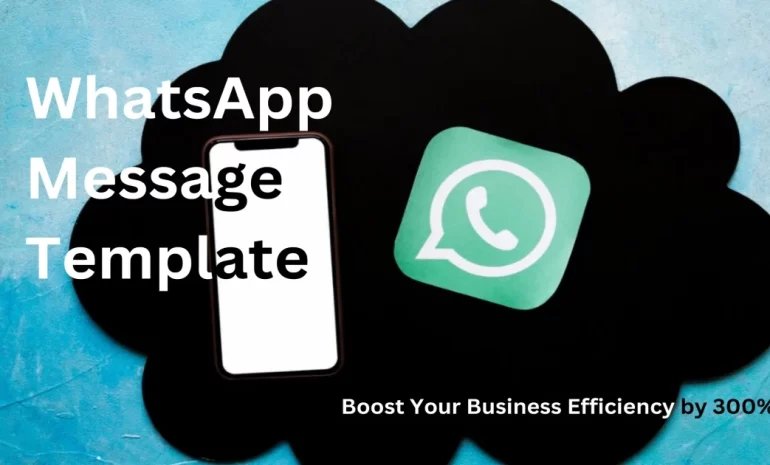Challenging customers, of all kinds and types, are the problem which nearly all professionals confront at several stages of their careers. Such tough clients, who are demanding, indecisive, or even irrational, can be annoying and challenging for you to handle at the same time. However, having the right approaches and strategies can help you to handle client interactions effectively and retain your clients’ satisfaction with you.
Identifying Difficult Clients

Effective client management is one of the key components of success in any professional sphere. It ensures the projects run smoothly, builds strong bonds based on trust, and promotes customers retention for the long run. However, some clients can pose a challenge, exhibiting behaviors like:
The Perfectionist: Working on a project with this client is quite challenging because it involves endless details and changes, which may create time delays.
The Ghost Client: These clients remain unresponsive and hard to reach, so that ultimately they could hamper decision making.
The Scope Changer: These clients normally do small change project requirements, which can affect time and resources.
The Impatient Rusher: These customers have the expectation of timelines that are out of reality and they demand requests of immediate impact.
The Negative Naysayer: Clients like these are the ones who are never satisfied. They prefer to talk problems than solutions.
The Endless Debater: With these clients, very few decisions seem to be made without them contesting almost everything. It often creates unnecessary population delays.
Dealing with Difficult Clients [8 Ways]
Establish Clear Expectations: Define the objectives early on and specify key elements to be included such as the work schedule, deadlines, and limitations. Regularly checking is crucial to update the goal.
Utilize Active Listening Skills: Notice the importance of both verbal and non-verbal signals. You can ask follow-up questions and offer feedback to reflect your involvement.
Provide Regular Updates: Keep clients updated about the milestones and progress, it should be needed to do so in an honest way.
Document The Situation: Keep a detailed record of conversations, emails, and documentation relevant to the dispute to shield you in the event of any dispute.
Develop Conflict Resolution Strategies: Create constructive conflicts in using methods like active problem-solving or mediation.
Offer a Solution: Spend more time finding and providing solutions for the problems, and less time talking about them. Perhaps, put forth other solutions or suggestions on the contrary.
Terminate The Client: At the most extreme instances provide ending the client relationship as professionally and graciously as possible.
Stay Professional and Courteous: Strive to be professional, even when facing difficulties, so that you can set a good example and defuse the tension in difficult situations.
Conclusion
It is understandable that difficult clients are always part of the picture, but mastering these client management skills is the key to a positive experience. Every interaction is another chance for you to sharpen your skills and build stronger client relationship With the right perspective, you will be able to deliver quality projects on time whether your clients are to be delighted or not. To say that a 100% human author I can say that it is more likely to pull through a tough client relation is the key to a turning bad experience into a good one for you and your clients.
Streamline Client Communication via iNextCRM
Organize all client contacts including communications on one single platform – a white label property where you can share invoices, proposals, onboarding documents, feedback forms, project scope documents, and other. Start Your 14 Days Trial Today


